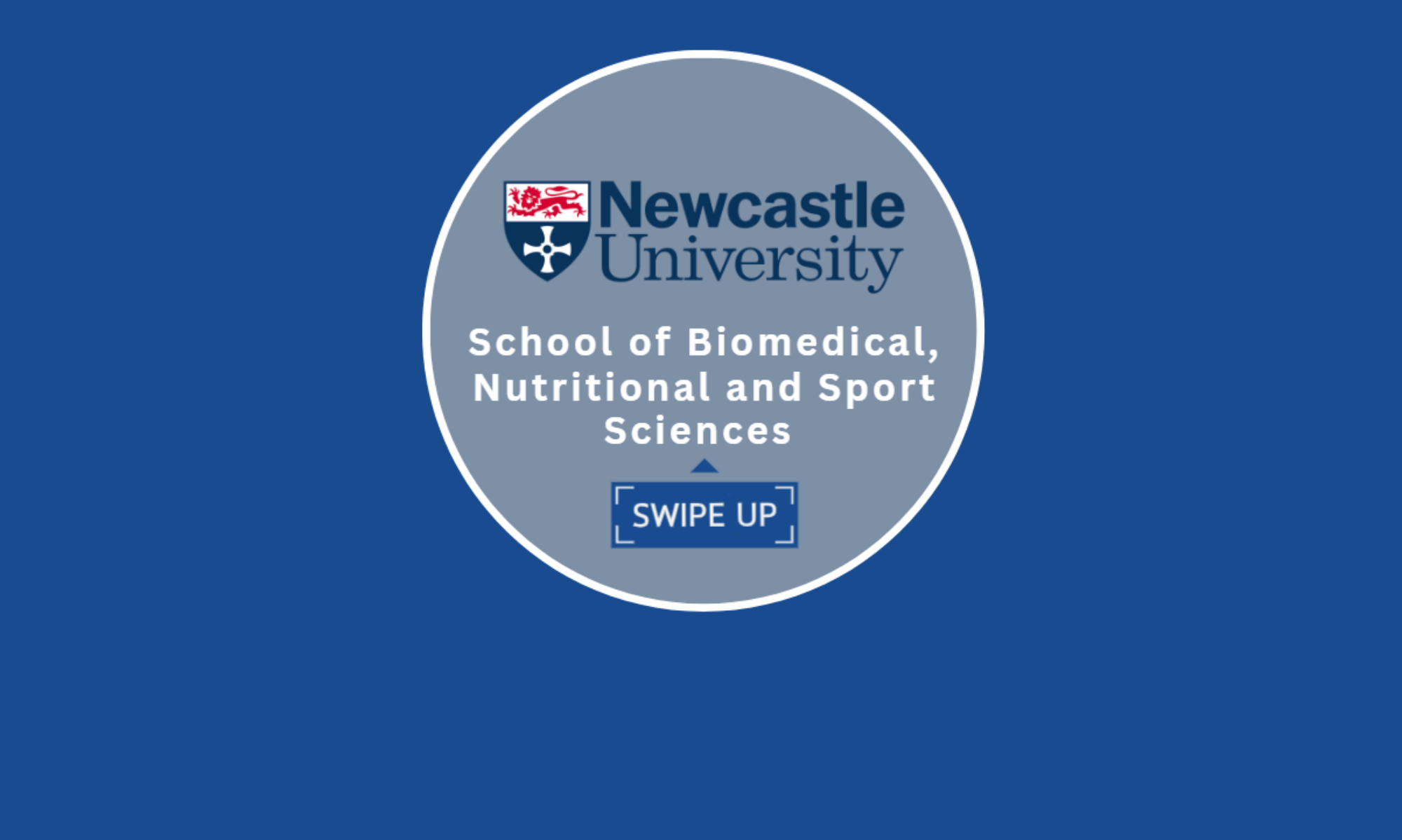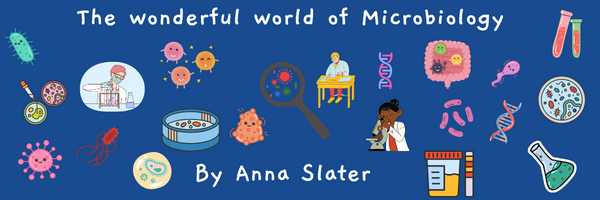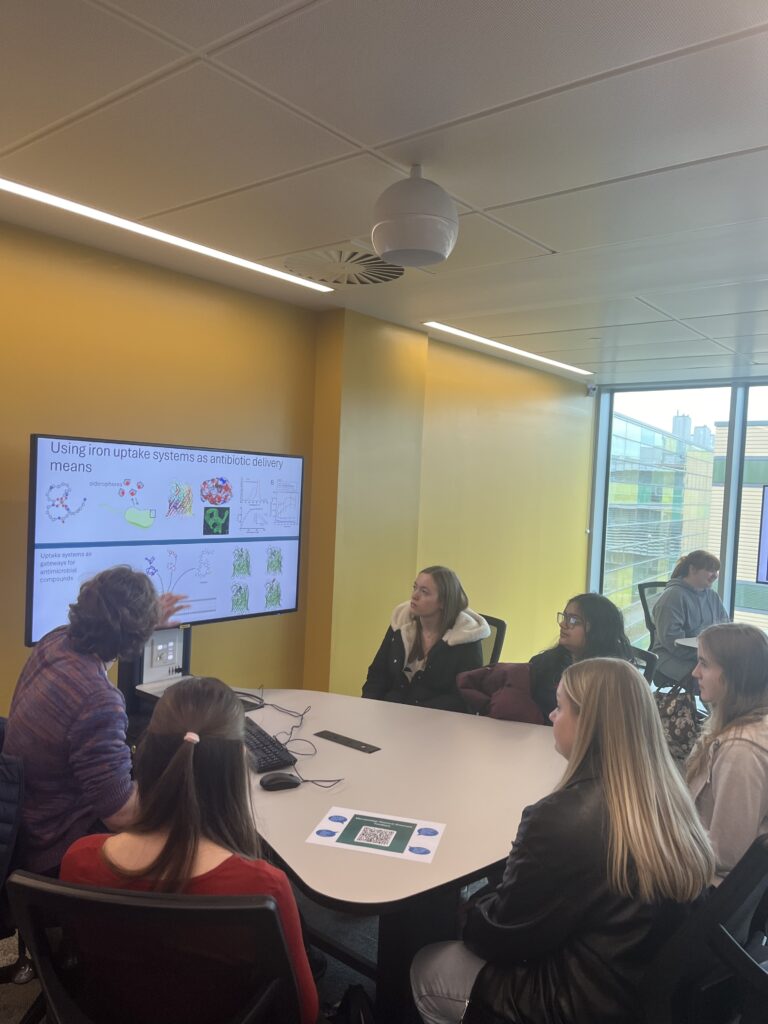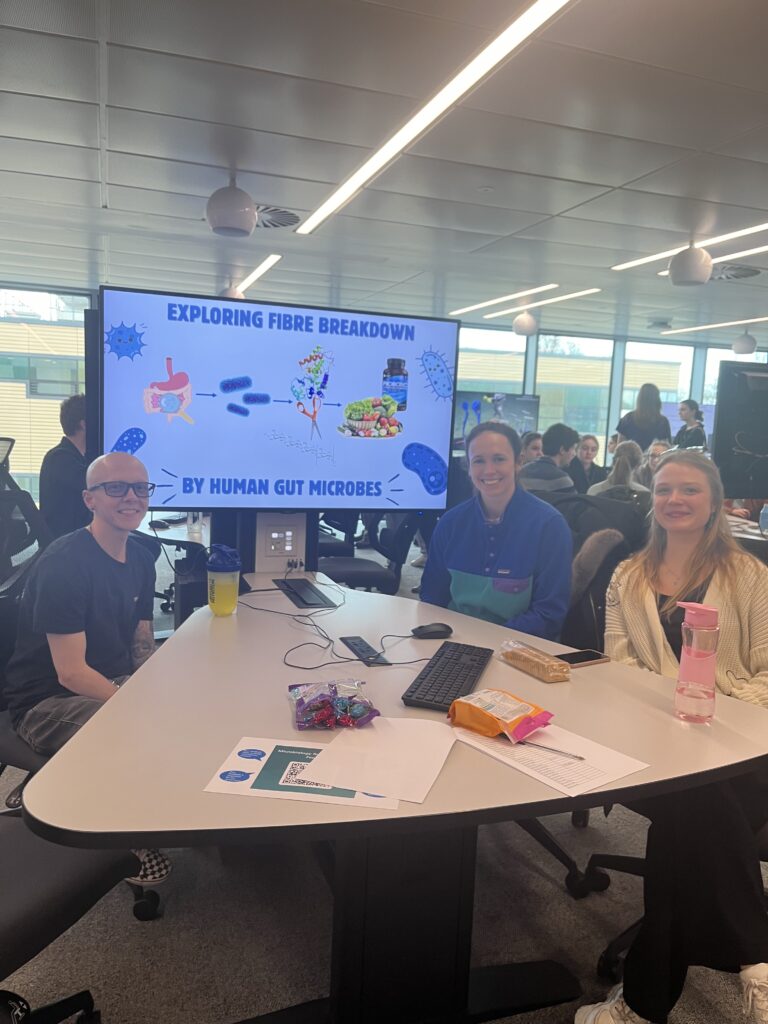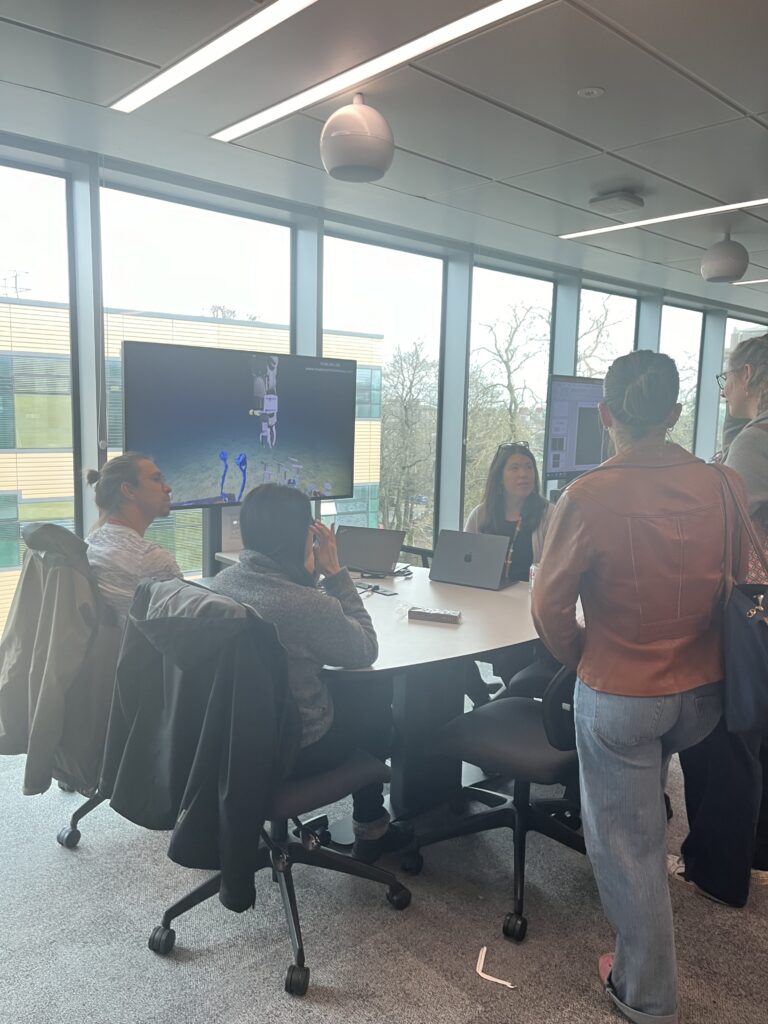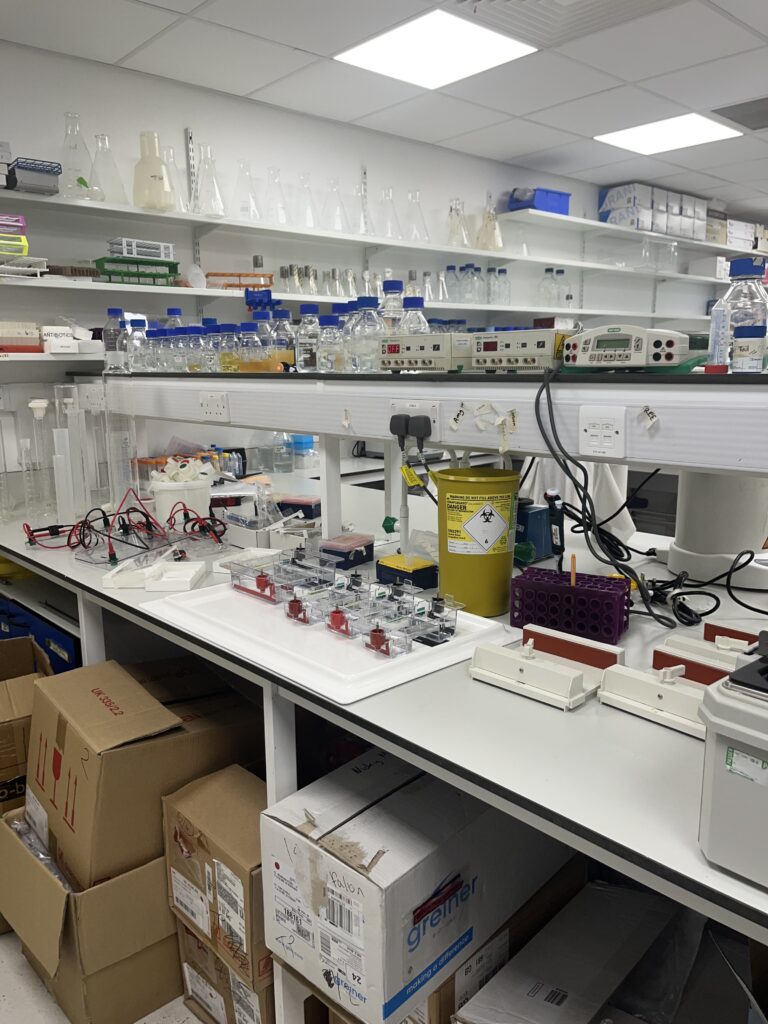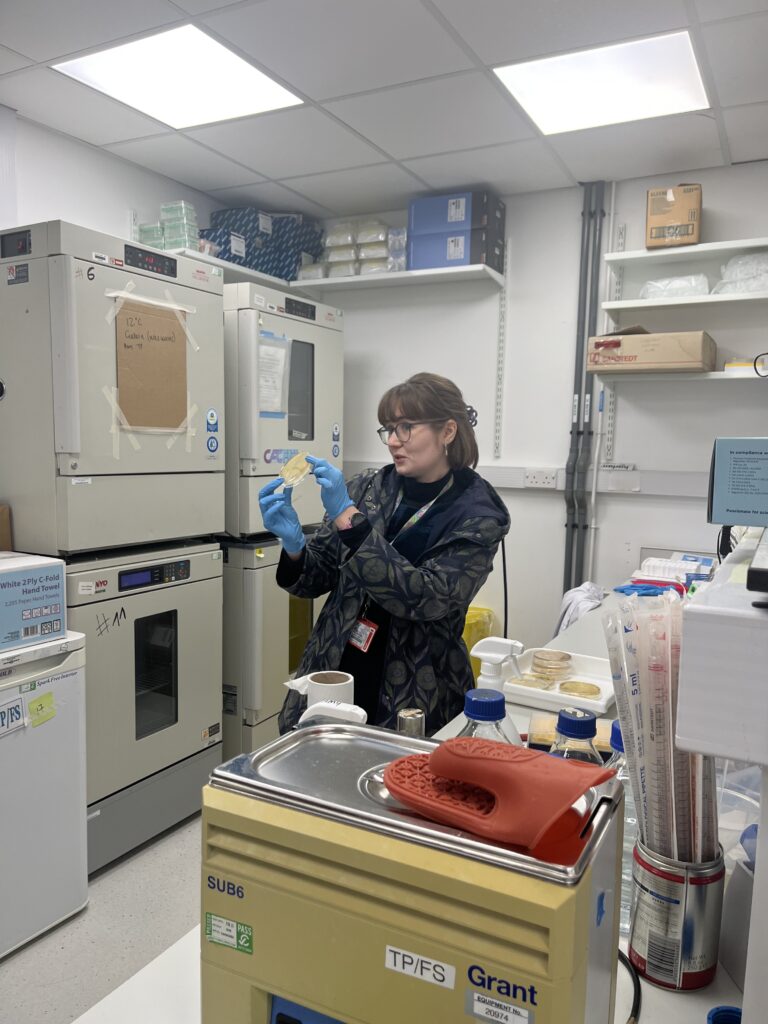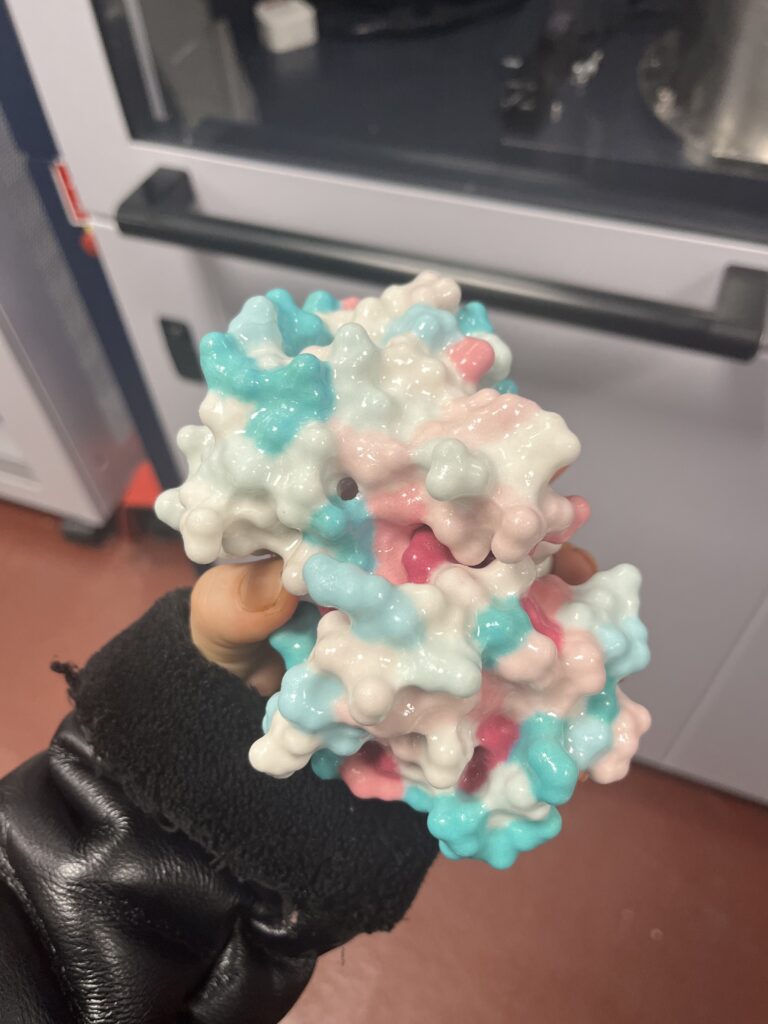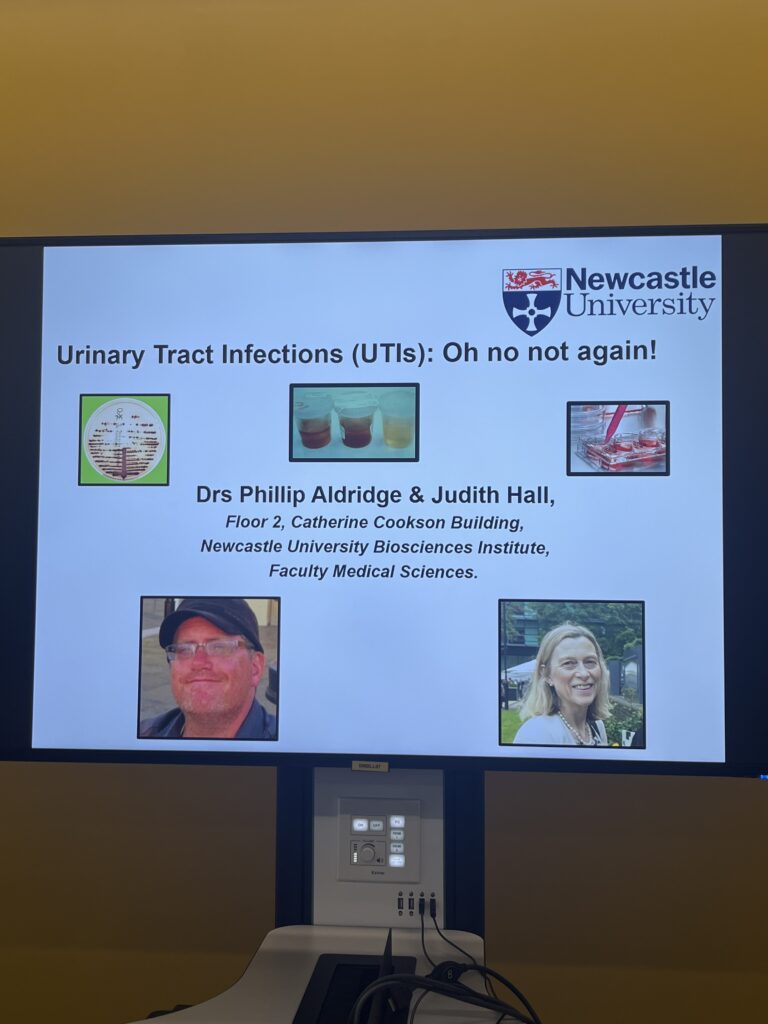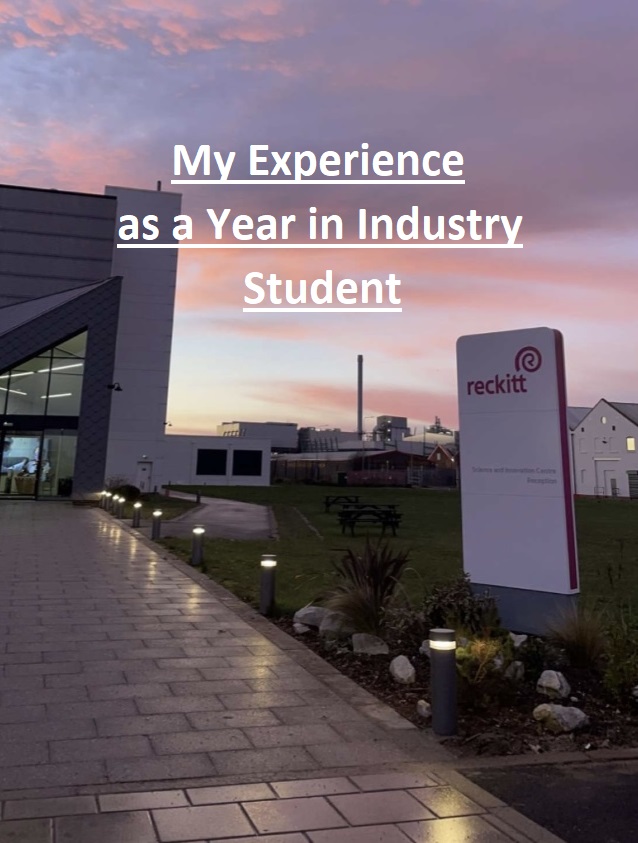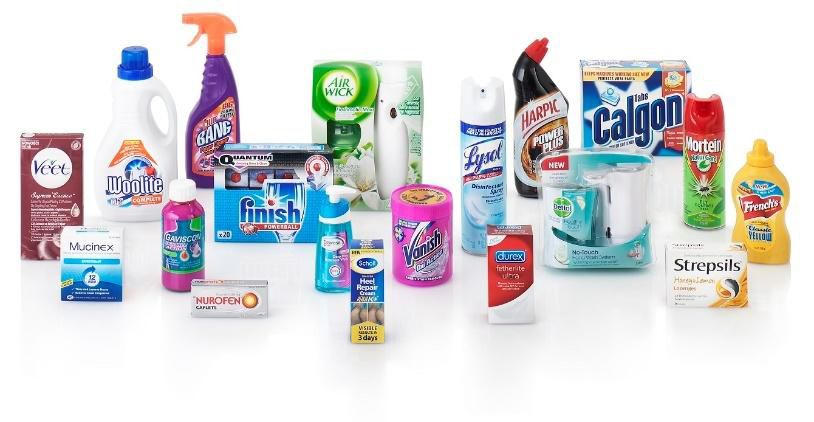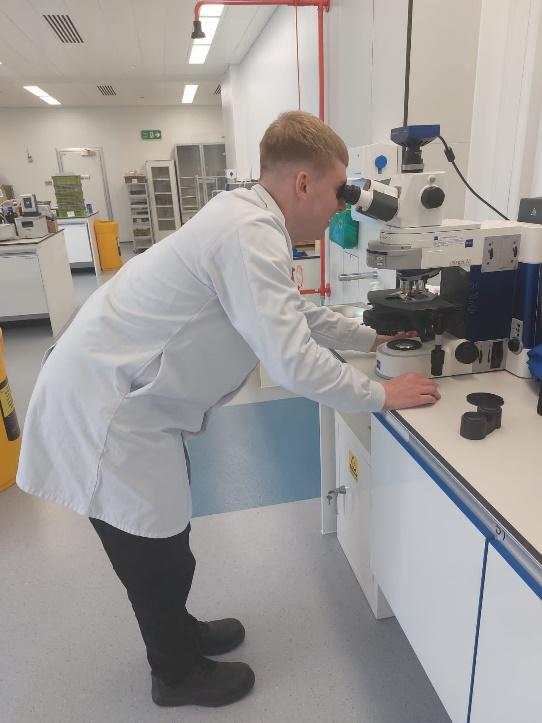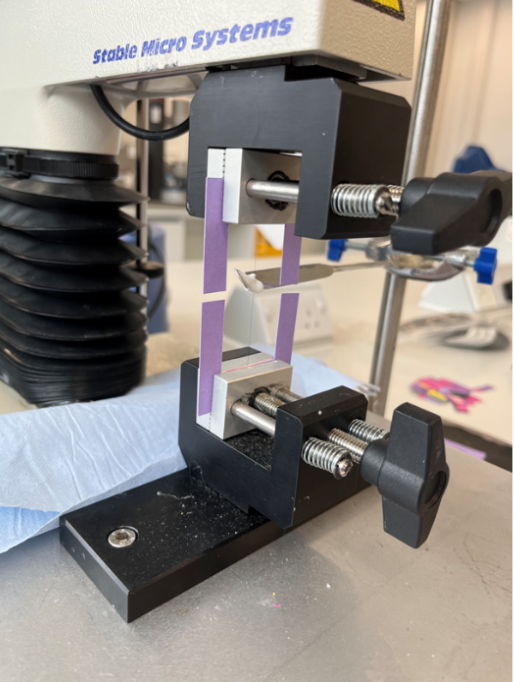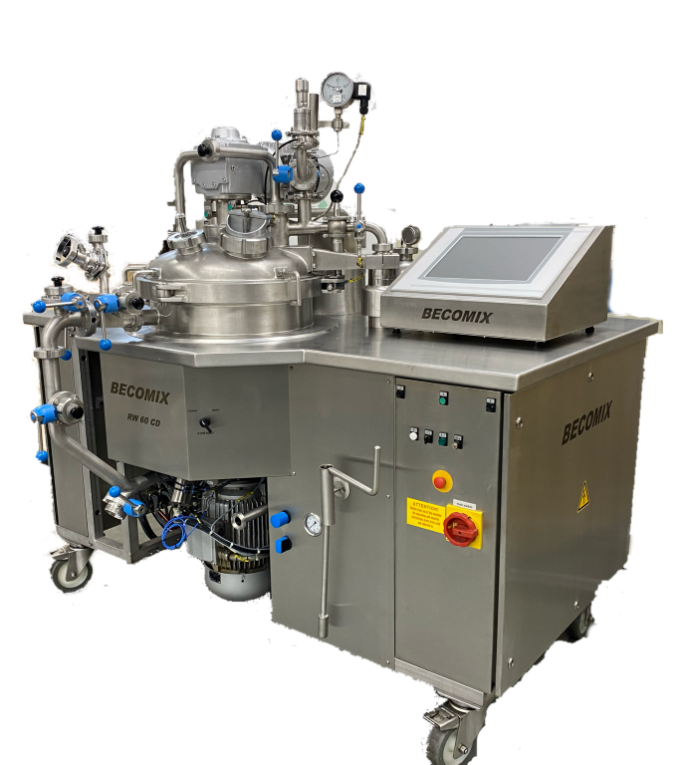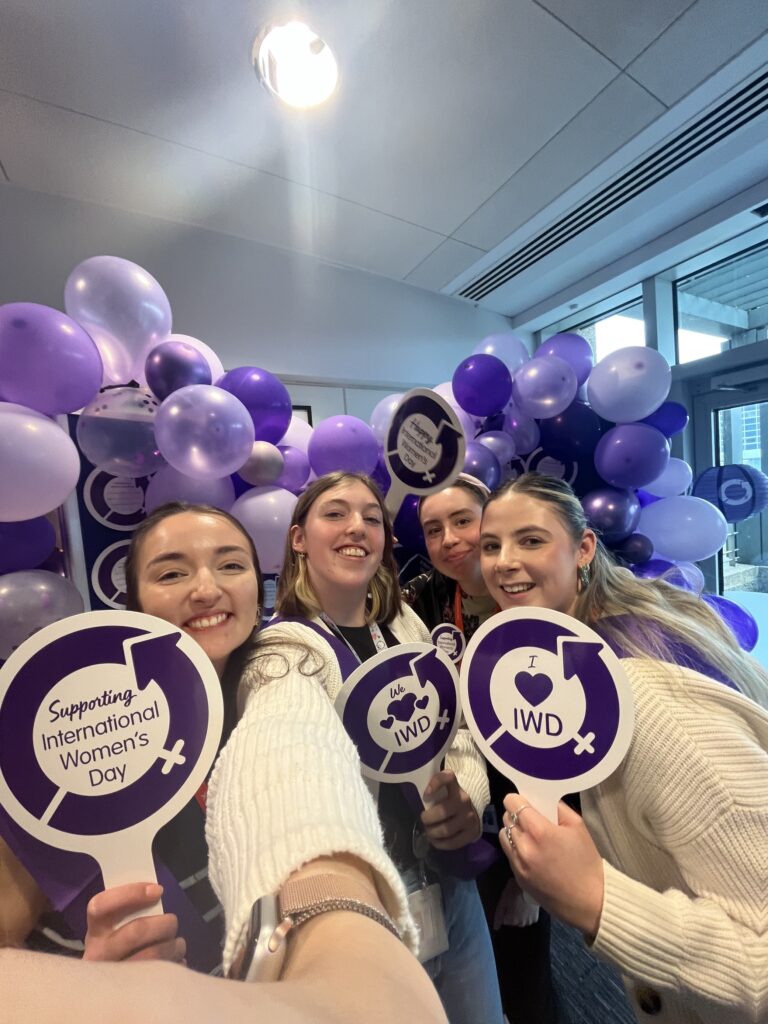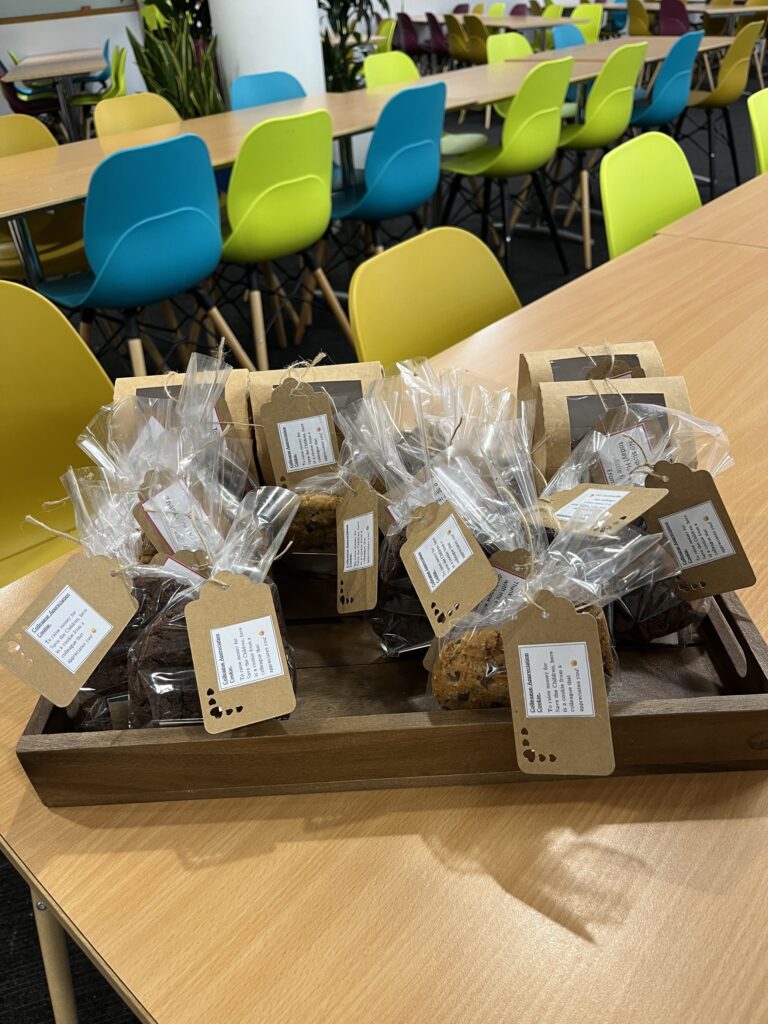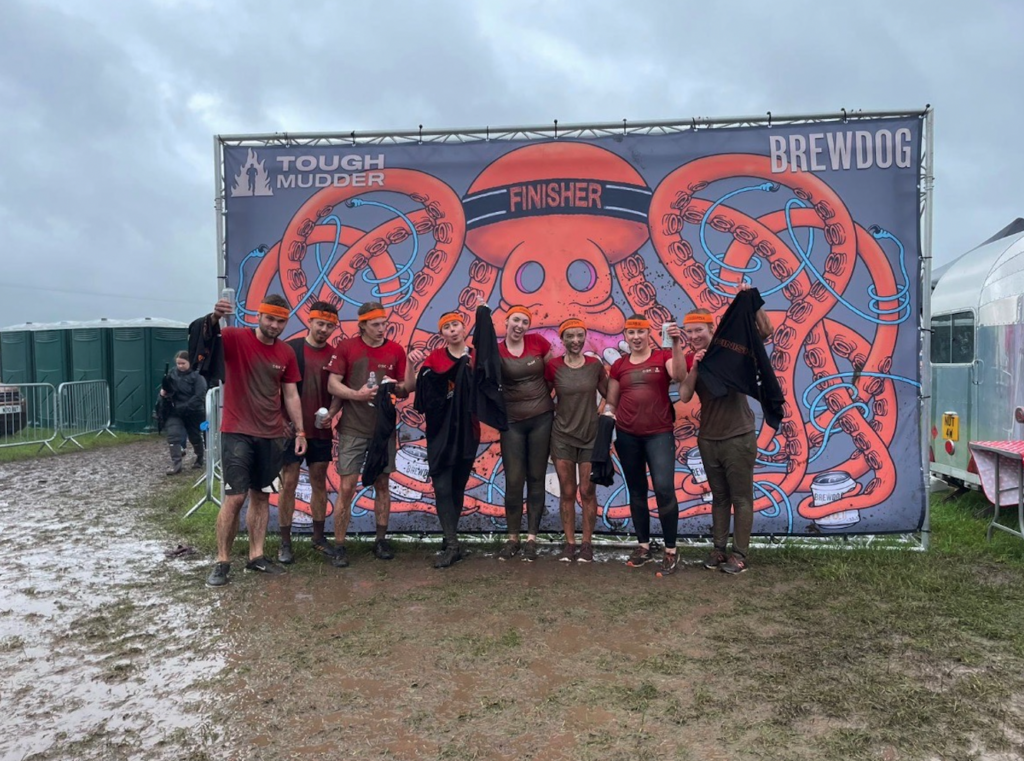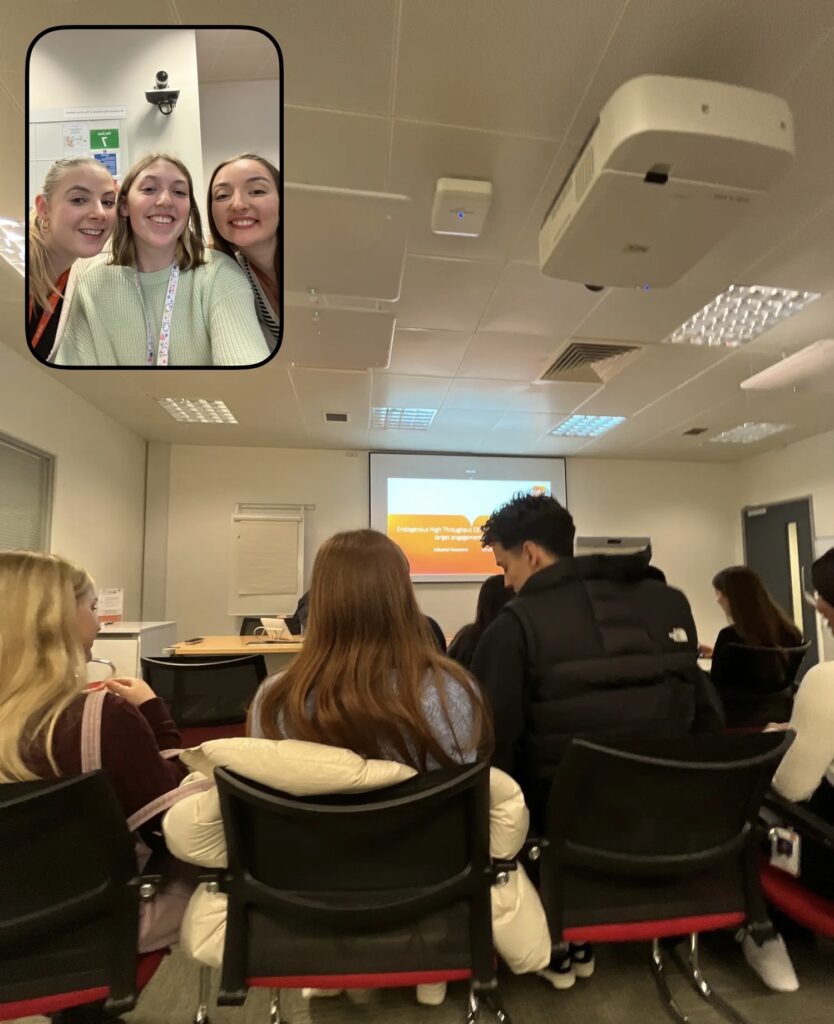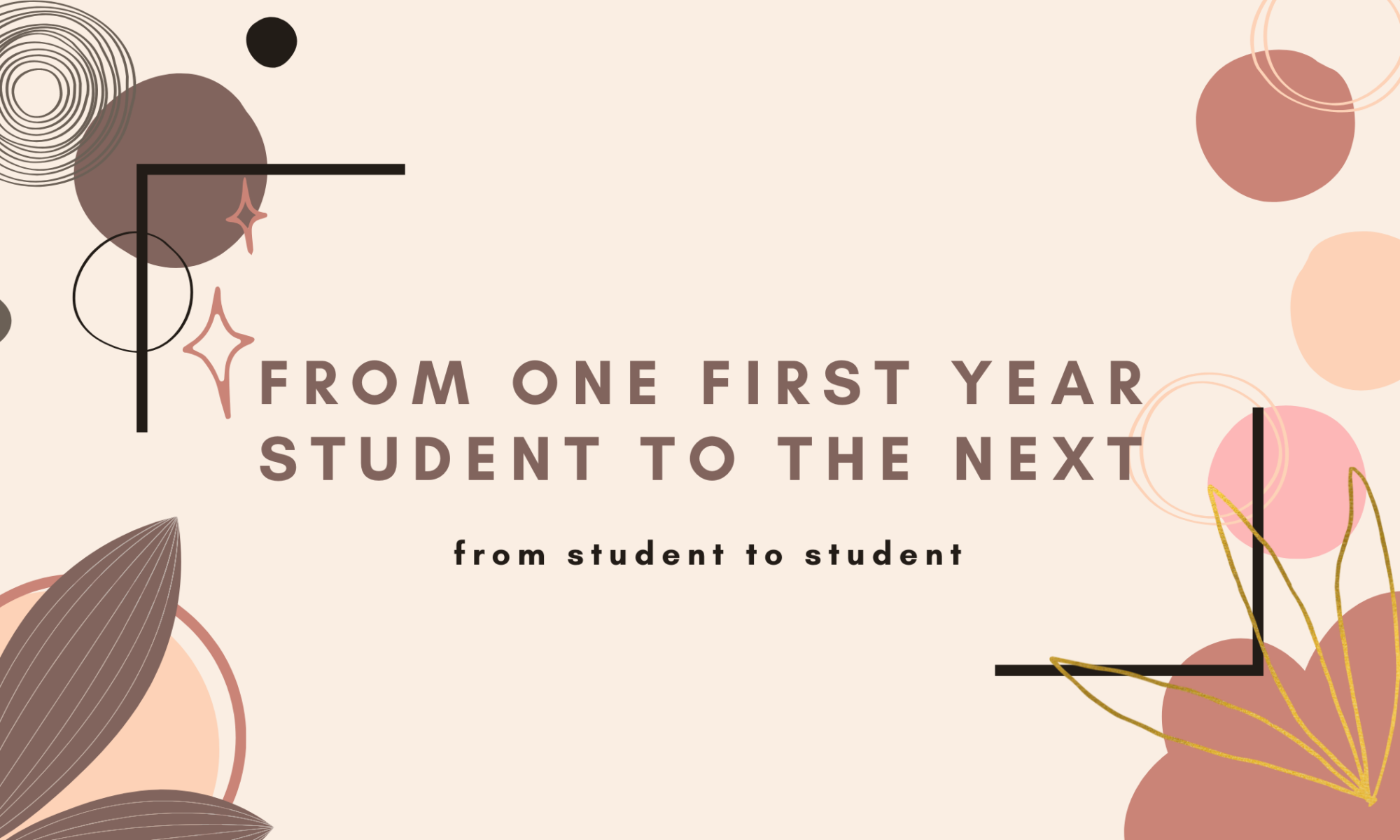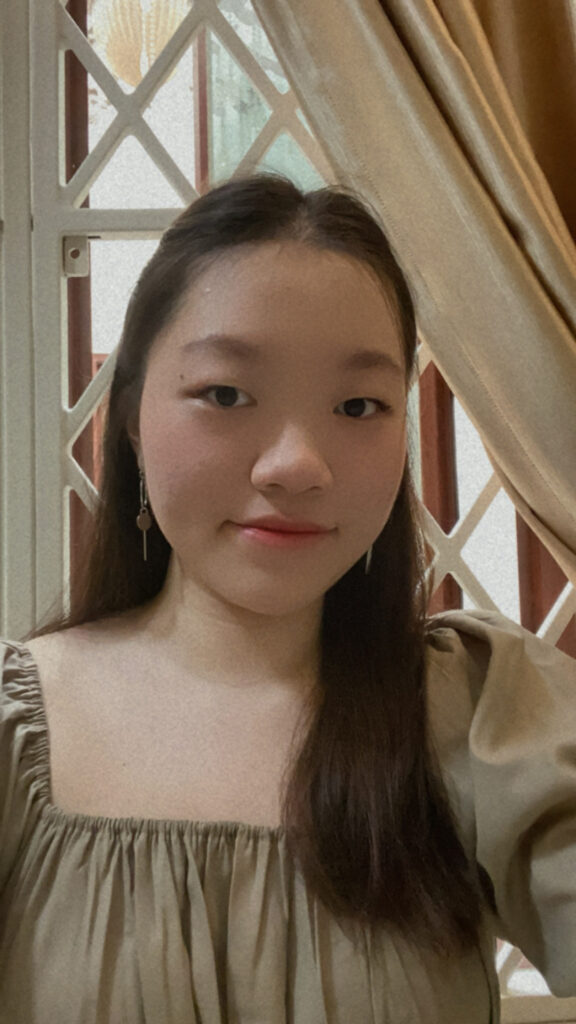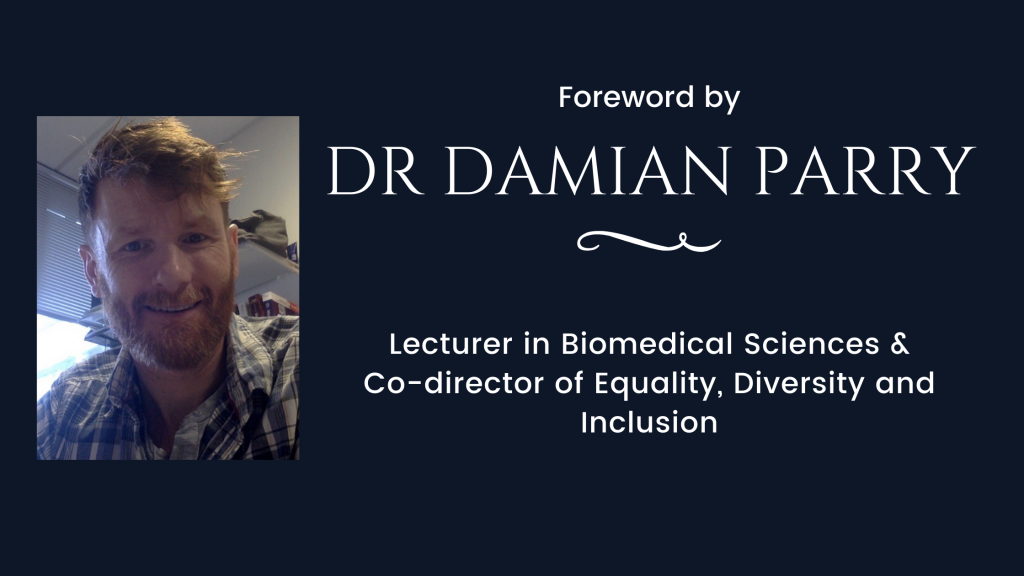by Rebecca Watson, Stage 3 Physiological Sciences
I spent my 13-month industrial placement at Roche Products Ltd., Welwyn Garden City. My role was in Global Clinical Operations as a Clinical Operations Lead (COL) based in the Product Development department. Initially, I did not know what to expect going into this huge industry to do a job that I had no expertise in but I quickly got to grips with the responsibilities of my role and began to learn more about the pharmaceutical industry.
Roche Products Ltd
Roche is a global healthcare company, with branches in both pharmaceuticals and diagnostics, and innovative solutions across a range of different therapeutic areas. Since being founded in 1896, Roche has created a number of pharmaceutical and diagnostic solutions to help diagnose and treat a number of life threatening diseases, one such solution being Kadcyla used in the treatment of HER-2 positive breast cancer.
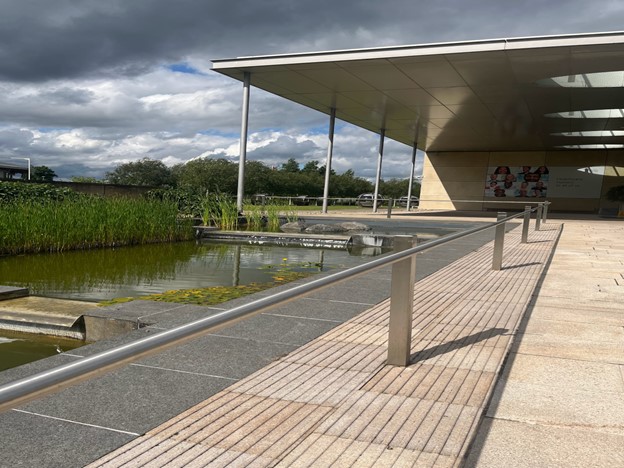
Day to Day
At the beginning of my placement I was assigned to a clinical trial and began to get to know my study team, starting with regular team catch ups and having 1-1s with the members of the team to find out more about what their responsibilities were on the study and how I could help with their tasks. This helped me develop my understanding of the fundamentals of a clinical trial and gain an appreciation for the importance of Operations in ensuring the smooth running of the trial.
Eventually I progressed to managing my own projects on the study, such as creating a weekly information bulletin for the clinics where the trial was ongoing, collating important recruitment and data information from the study systems and presenting it in an easily digestible format, highlighting the most relevant updates for the busy sites to remain informed on the progress of the trial. This had a hugely positive impact on my attention to detail and gave me the opportunity to get to grips with the study systems to get the information that I needed to create these before moving on to bigger tasks.
Around halfway through my placement, I was given the responsibility of having oversight of the trial in 5 of the countries that we had active on the study. This was a task I had been eager to get experience in since joining the study team and proved to be a large step up, having to relay study level updates to the country COLs to keep them informed of any upcoming changes. This also involved preparing for meetings in advance, collecting any updates from team calls, data metrics reports and recruitment figures to get the most out of these meetings. Although this was challenging at times, it really helped me develop my ability to be comfortable in asking questions as I was the one responsible for finding answers. Overall this was one of my biggest achievements throughout the whole of my placement (not to mention never missing one of my 7am calls).
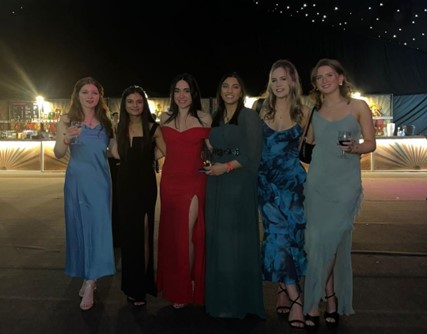
Later on in my placement, I began to get involved in work outside of Clinical Operations in Product Development, taking the opportunity to work with colleagues in Pharma Biosamples Solutions (PBS) to gain experience in the long term storage of patient samples. This was a great experience and it was a privilege to get to know the team there, who were always willing to help with any tricky requests that I received.
The Office Community
Aside from study work on my placement, I was also very involved in the office community at Welwyn, having co-created the Roche Badminton Club with another placement student. We ran a session every Tuesday evening at a local sports hall which was open to players of all abilities across all departments. This was very well attended amongst our early in careers colleagues and even attracted some seasoned players who had been at Roche for a number of years. This was a great way to increase our visibility in the community and led to us making some valuable connections with colleagues in other departments.
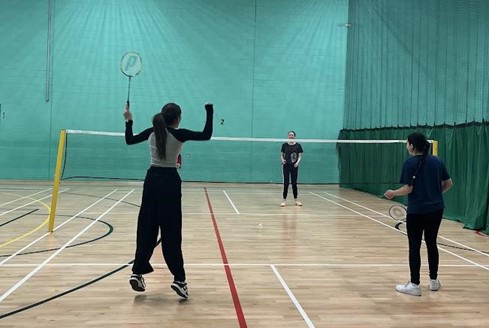
I also enjoyed being part of the Eco-Garden committee and participating in events such as the Family and Friends Day where we ran a craft stall for colleagues and their children to decorate small garden ornaments that were then hung up in the garden. We even managed to grow a few crops over the year which were available for anyone in the office to help themselves to.
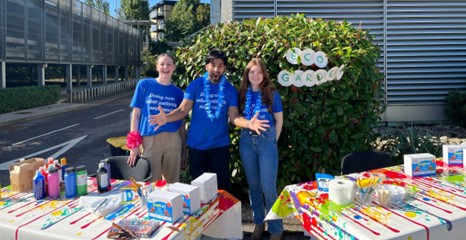
A Few Final Words
To anyone contemplating doing a placement, I would 100% recommend it as it has given me not only a greater understanding of this role and industry, but also a greater appreciation for my own abilities and vastly improved my confidence for going forward into my career after university. Good luck on your applications and make the most of the year!
